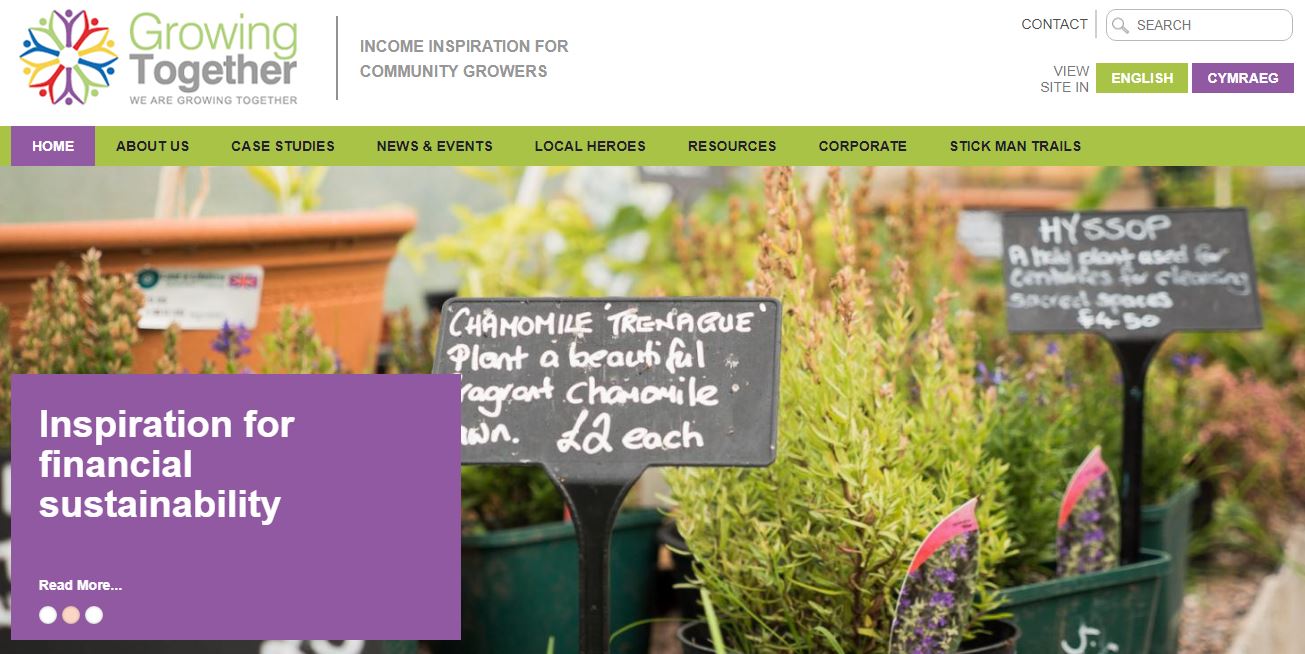IN JOSEPH HELLER’S FAMOUS SECOND world war novel, Catch-22, a bomber pilot, Orr, faces the dilemma of putting his personal safety at risk every time he gets in his plane. Continuing to do so would prove he was insane and therefore not fit to fly. But refusing to fly would show he was sane, and so he would have to keep flying.
The history of government policy on distressed and deprived neighbourhoods suggests a similar Catch-22. The worse off and more troubled your area is, the more pressure you face to mobilise your own resources to change things. But the more successful you are at mobilising your own resources, the less support you are likely to get.
It is, of course, never intentional and the dilemma may not be as blatant. But rhetoric of empowerment and self-help over many years has often been accompanied by an assumption that external assistance will be scaled back as communities deal with the problems they face. Funds are allocated with an agenda of ‘pump priming’ or ‘sustainability’: a view that a little bit of help will bring about long term, lasting change.
At a time when public services are financially challenged, the arrival of help from one source can become an excuse to withdraw support from another. An interim evaluation of Big Local conducted by the Third Sector Research Centre found ‘concerns that Big Local is picking up the pieces from the cuts in public services’. This was a particular challenge where non-statutory services such as youth activities were being cut.14
Policymakers don’t set out to create a Catch-22. It happens when an influx of resources or an expansion of activity at local level coincides with pressure to reduce costs more generally. The resources coming in, though, seldom match those being pulled out. But the Catch-22 of disadvantaged neighbourhoods is not inevitable.
This essay has sought to explore how relatively small scale grants, sustained over a decade and given light-touch support – ‘on tap, not on top’, as the saying goes – can make a lasting difference. The differences highlighted in the three Big Local projects featured here are modest but significant.
They are especially significant for the individuals at the heart of Big Local, and for a range of households they come into contact with; but also for the communities that benefit from new facilities such as the play areas at Birchwood, environmental improvements such as those prioritised at Brookside, or events that bring isolated people and communities together, like the firework displays and outdoor cinema in L30.
Gandhi famously proclaimed that people should be the change they want to see in the world. Big Local projects emphasise changes that generate mutual support, togetherness, and small but significant acts of practical help, and build skills and confidence. In communities with a history of being considered second-best, that support and confidence is essential, and when individuals grow more confident it ripples out. But ‘being the change’ individually, or as a household, or even as an entire neighbourhood, is only half the story.
The wider learning of community development and regeneration programmes, here and elsewhere, is that context is key. A neighbourhood is not a black box that can be examined and experimented on and ‘regenerated’ in isolation from the wider world. ‘Change’ is not only about locality: it is about locality within society. And this is where self-help and social infrastructure must be built together, not as mutually exclusive alternatives or disconnected agendas.
To read the rest of this article, please visit: Local Trust




